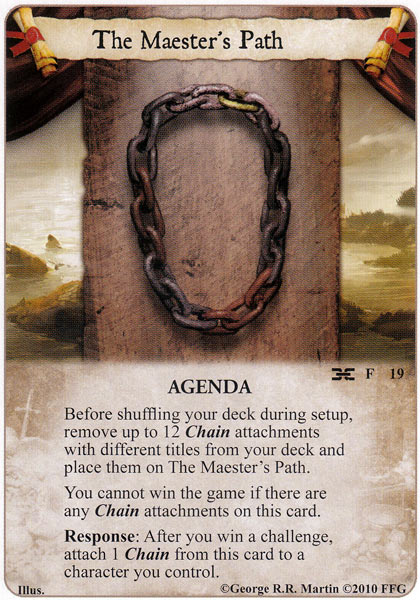
I’ll be honest. When I read Louisa May Alcott’s Little Women as a pre-teen, I gave very little thought to the patron of the March family. In fact, I gave very little thought to the Civil War that was supposedly raging around the borders of Alcott’s narrative. I was much more concerned with the Jo/Laure will-they-or-won’t-they plotline. The notable absence of the war, and of the father, was, it seems to me now, by design. This was not a novel that entwined the domestic and political spheres.
Little Women follows the adventures of the forthright, thrifty, hardworking March daughters as they come of age in Civil War-era Concord. Their father, a middle aged minister, had voluntarily joined the Union army. Meanwhile, the little women must survive their somewhat dire financial and social decline.
March, Geraldine Brooks’ Pulitizer Prize winning historical novel, is named for the March girls’ missing father. Here, in contrast to Alcott’s original text, we follow March through the broad sphere of the American Civil War, from battlefield to cotton plantation to veteran hospital. In the interim, it is revealed that the pure pluck and goodness that characterizes March’s daughters in Little Women becomes fanaticism in their father, a fanaticism enflamed by equal parts love, nobility, and guilt. Needless to say, by the end of his service, the convictions he instilled in his little women seem a trite naive.
Interestingly, rather than merely fill in the formless figure of Mr. March with pure guesswork, Brooks shadows her character after Louisa May Alcott’s father, Bronson Alcott, a real historical figure. Bronson was an abolitionist, an intellectual, a radical, an educator and an avid vegetarian. He was bosom friends with Ralph Waldo Emerson and Henry David Thoreau. And he wrote extensive journals and diaries, currently housed at the Library of Congress. The fact that he is Louisa May’s actual parent is just icing on the proverbial cake. In Brooks’ telling, he is a bit of an intolerable moralist, but endearing nonetheless.
The closing hospital scenes in the novel are particularly amazing. Brooks drew them from a book Louisa May wrote before she published Little Women. Hospital Sketches was, in turn, based on Alcott’s experiences working in a Civil War veteran hospital.
Here, Brooks (from the perspective of Marmee) describes Blank Hospital, the hotel-turned-ward where Mr. March convalesces:
At the end of the hall two vast double doors gave on to an ornately corniced room, hung with chandeliers. A gilded sign above the entrance said BALL ROOM, and the name seemed a bleak joke, for inside, arrayed on the polished dance floor, lay the victims of the Minie ball, many of whom would not dance again. There were forty beds within, all handsome hotel beds with turned posts rather than humble hospital cots. Some beds were tenanted, some vacant. A muddy, bloodied group of gaunt new arrivals, slumped against the wall, awaited the surgeon’s attention. Their faces proclaimed defeat as plainly as any banner headline reporting wartime’s latest blunder. The black nurse approached a green-sahsed, silver-haired gentlemen and set down the instruments, taking up a metal bowl to receive the bloody shrapnel piece he plucked from his patient’s shoulder. She inclined her head to where I stood, hesitating, by the wide doorway, and said something to the surgeon in a low voice. Then she beckoned me forward. I came reluctantly, feeling I intruded on the injured man with his shoulder bared to the probe and his pain patent upon his face. (p. 217)
Like Brooks latest novel, Caleb’s Crossing, March was written as a first person historical account. Unlike her more recent foray into American history, March does eventually allow us a glimpse inside the mind of another charater: Mrs. Marmee March. Several of the last few chapters are told from her point-of-view, and it is here where Brooks reveals the raw pain of a woman left living on the homefront of a war. We finally get to witness the emotional honesty that Louisa May Alcott, through Marmee, stifled and ignored. Such revelations have the potential to muddy up the simplistic story of triumph as it was originally told.
As a kid, I had nothing but happy, warm feelings about Little Women. Now, I appreciate March, and, indeed, Louisa May Alcott herself, for very different reasons. The contemporary novel will not give you warm feelings. But it may yet make you happy, if only because it is a more honest accounting of a war-torn family.
















